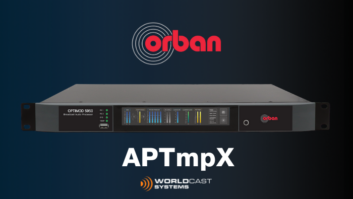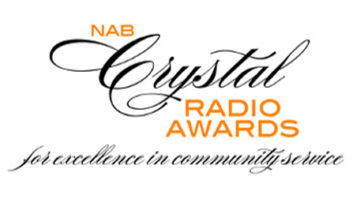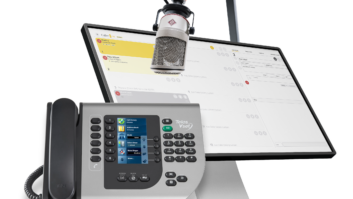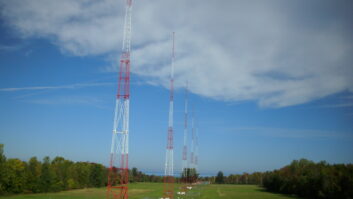This story appeared in the Radio World ebook “Spectacular Radio Studios.”
The stations: WNXP(FM) and WPLN(FM), Nashville Public Radio.
The mission: Create a state-of-the-art video and audio recording studio for the purpose of producing live music videos as part of NPR Music.
“As radio broadcast engineers, we know how to build facilities and studios for broadcasting audio on the air,” said Jeff Schroeder of Schroeder Services, the primary installation engineer.
“This studio was audio, video and lighting. Venturing into video switching, DMX lighting, and Dante audio routing and switching is a different world. Different, yet the same,” he said.
“A couple of us have dabbled with ‘live sound’ on a small, analog scale. This is different — in audio, for the sheer number of potential sources. We use a minimum seven mics just for the drums. Doing all of the Allen & Heath SLink protocol and Dante routing alone was a learning experience. Then doing the lighting.”
The staff drew on friends in the business to help them get up to speed on working with lights and video. “We’re blessed to be in Nashville,” he said.
“But we had a ton of delays due to the pandemic. And we actually changed some of the equipment orders because we simply couldn’t get what we initially wanted.”
One of the changes was going with a Blizzard Lighting console and lights. “This was a blessing in disguise, as their support — while I was learning DMX — was crucial. They are a U.S.-based company and actually answer their phone when you call with a question.”
The Sonic Cathedral occupies what had been Studio C, which served WFCL’s classical music format. When the station flipped to indie rock as WNXP (for “Nashville’s Music Experience”) in late 2020, Nashville Public Radio decided to convert the space to accommodate performances of bands and local artists in that genre. The space accommodates around 30 audience members.
The stage audio is fed via two Allen & Heath DX168 stageboxes to a front-of-house A&H SQ-7 digital mixer via SLink protocol, then distributed to the control room’s SQ-5 digital mixer, recording computer and personal monitor system with Dante.
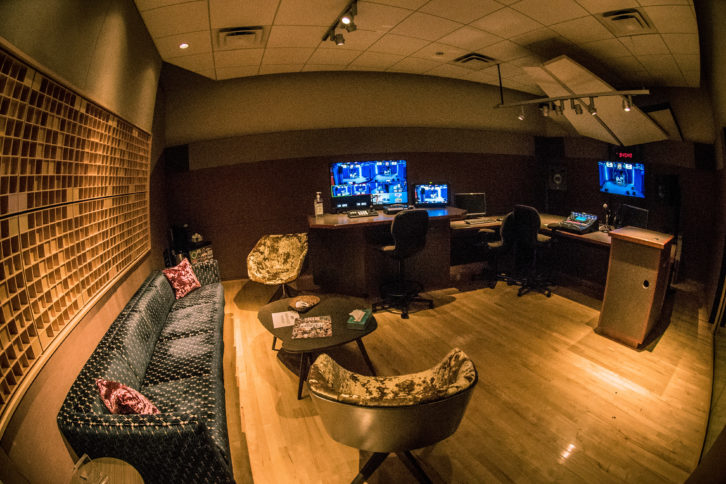
There are six A&H 16-channel personal mixers on stage for individual mixes. Powered EAW main and sub speakers are complemented by a half-dozen EAW stage monitors. In the room’s microphone cabinet are Sennheiser e945 vocal dynamic mics and e906 instrument mics, Shure SM57s and 58s, Lewitt drum mics and several other types.
Also on stage: Mapex drums and Hercules mic and guitar stands, both provided through sponsorships.
A Global Truss system supports the lights, speakers and cameras. At the core of the lighting system is the Blizzard Enigma M4 two-universe lighting controller, managing more than 30 Blizzard and Chauvet stage lights, including pars, bar lights, pin spots and wash lights.
“We have four fixed-position, IP-controlled 1080p StreamEye 10 cameras on the truss for recording on the Atomos Sumo 19 four-channel video recorder. We also feed all cameras into the Roland V-60HD Video Switcher for ‘live mix’ recording and planned future live streaming of performances or events on the websites of either WNXP or WPLN.”
Key components in the control room, apart from the A&H mixer and Roland video switcher, include Quested VS2108 studio monitors and OREI 8×8 HDMI video matrix switcher and video extenders.
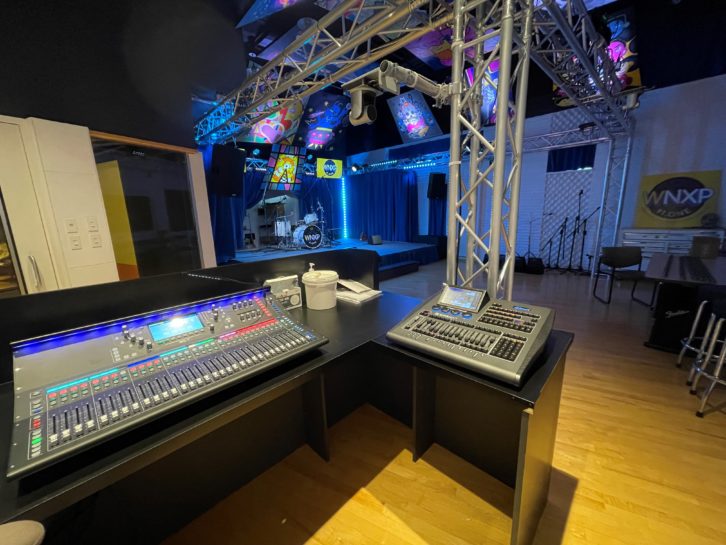
For audio recording, Adobe Audition with a Dante driver is used for direct recording or mix-down recording from the SQ-5.
The Sonic Cathedral is equipped with a total of 10 LG HDTVs. Two 42-inch TVs on the stage are fed by the matrix for logos, sponsors or any other creative content. A 75-inch TV is used the same way and can also be used for meetings, conferences or watching football games.
“There are five 42-inch TVs at the entrance door that typically will be logo’d but are also being fed by the matrix, so we can put anything on them we want,” Schroeder said. “Most of the TVs are being fed via the OREI HDMI video extenders direct from the matrix — it’s a very cool system.”
Fourteen pieces of art line the ceiling, all by local artists; the canvas frames are backed with sound absorption material to help with acoustics.
Planning and preparation of this project was a team effort led by Nashville Public Radio Chief Engineer Cameron Adkins and VP of Finance and Technology Carl Pedersen. The architectural concepts and design were provided by V Three Studios; equipment was through SCMS and SoleSource AV. Jeff Schroeder headed the installation and configuration.
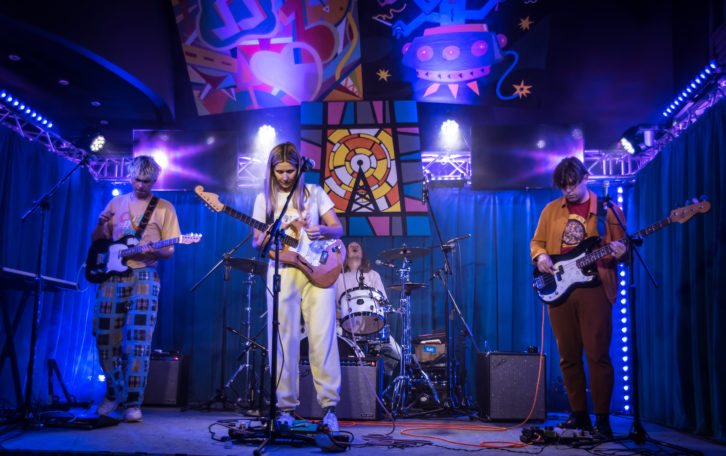
Construction began in February 2021, and the space opened in September with a performance by Nashville-based artist girlhouse, a solo project of Lauren Luiz.
Our goal was to create a memorable space to showcase our new music discovery station,” said Nashville Public Radio President/CEO Steve Swenson.
“The Sonic Cathedral has greatly impressed musical performers, labels, management companies but, mostly, audiences. The space far exceeds my expectations not only in aesthetics but also in technical capabilities. We have quickly risen in national recognition for our audio/video performances on NPR Music’s Live Sessions digital portal and locally here in Nashville.”
Mission accomplished.






